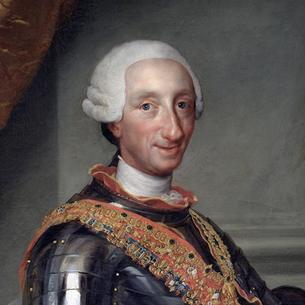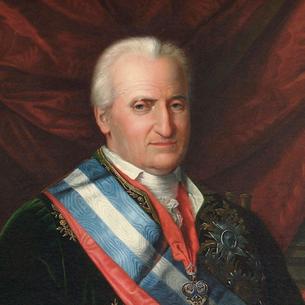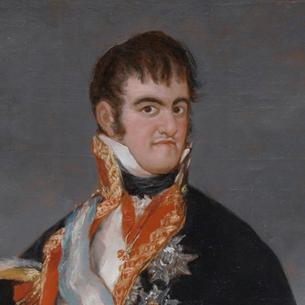Bolivian coins catalog
Total added coins: 133
Which Bolivia coins are worth money?
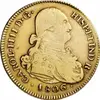
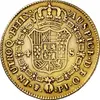
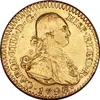




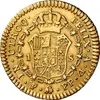


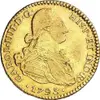
























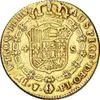








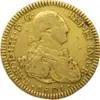
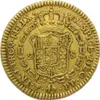






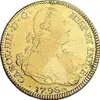













Coinage of the Bolivia
The Viceroyal Coinage in Bolivia
The history of Bolivian coins started in 1573 when coin-factory machinery from the Lima mint was partially taken to Potosí to establish a new mint there. While taking the machinery to Potosí, it was installed for some months in La Plata (Sucre nowadays) where the first coins of the Upper Peru region were minted. These coins are indistinguishable from the first coins minted in Potosí.
The first mint in Potosí started working in 1574. Only silver coins were minted there, however, due to their high quality, Potosí quickly became the main mint of the Spanish Empire and of the whole world. Following the viceroyal system, the mint in Potosí produced coins with the value of quarter real, half real, 1 real, 2 reals, and 8 reals.
In 1648, a huge corruption scandal broke out. It was found out that coins from Potosí were subject to systematic alteration and contained less silver than they should. The Potosí scandal shattered financial affairs of the Spanish Empire and forced to melt down an enormous amount of coins; it also changed the typology of all the American mints. So, the design with pillars was introduced in 1652.
In the mid-eighteenth century, a big and very expensive mint was built in Potosí. In 1767, this new mint started using coining presses, being thus the last mint of the Spanish Empire that adopted this technology. Starting from 1778, it also started minting golden coins — 1 escudo, 2 escudos, 4 escudos, and 8 escudos.
New Republic, New Mints and Old Potosí
During the War of Independence, the city of Potosí was invaded three times by the Argentinian Army of the North. Argentinians took advantage of these occupations to mint in Potosí what they called the first Argentine national coins: coins of the United Provinces of the Río de la Plata. These coins were minted both in silver and gold in 1813 and 1815. Nevertheless, the Potosí mint kept on minting coins in the name of the king of Spain during the War of Independence.
The minting of republican coins began in 1827. Silver coins changed its name to sols (golden coins still were called escudos). One sol was equal to one real and the denominations were quite the same as they were during the times of the viceroyalty. The content of images also underwent some changes switching to national motifs of the new-born state. For coins of every value, these motifs included a bust of Simon Bolivar. In fact, Bolivia was the first country to depict The Liberator in its currency and the only one to do this before he died.
The production of coins in Bolivia was enormous. Bolivian silver coins circulated in many countries like Argentina, Paraguay, Peru, or Chile. That was probably why their designs remained unchanged for decades. So, before the decimal system was set up, the only substantially new event was the opening of a mint in La Paz (1853-1859) and another one in Oruro (1849).
The Decimal System
During the govertment of Melgarejo there were two important novelties in Bolivian coinage The first was the installation of steam engines to mint coins in Potosí in 1869. The second one was the introduction of the decimal system.
So, the boliviano became the monetary unit being equal to 5 francos of the Latin Monetary Union. The boliviano was divided into cents (céntimos). Subunit coins were also produced: smaller coins were made of copper and the rest of silver. Gold ceased to be used for Bolivian coinage forever. The images on coins also changed because the use of the national emblem of Bolivia as the symbol of the country began in 1864. The monetary reform implemented in 1870 changed the design of coins. It was then when the design used to this day was defined.
In 1909, electric machines were installed in Potosí to mint coins despite the fact that fewer and fewer coins were minted in Bolivia and more coins were ordered from abroad. The mint stopped producing coins in 1953. At the same time, more and more coinage units were minted of non-noble metals.
Even though the Bolivian currency was generally stable, Bolivia suffered strong inflationary processes. As a result, the Bolivian peso (peso boliviano) became the official currency in Bolivia in 1963. 1 Bolivian peso was equal to 1 000 bolivianos. In the 1980s, Bolivia suffered a hyperinflation making it reintroduce the boliviano as the official currency, and 1 boliviano was equal to 1 000 000 Bolivian pesos.
Adolfo Ruiz
